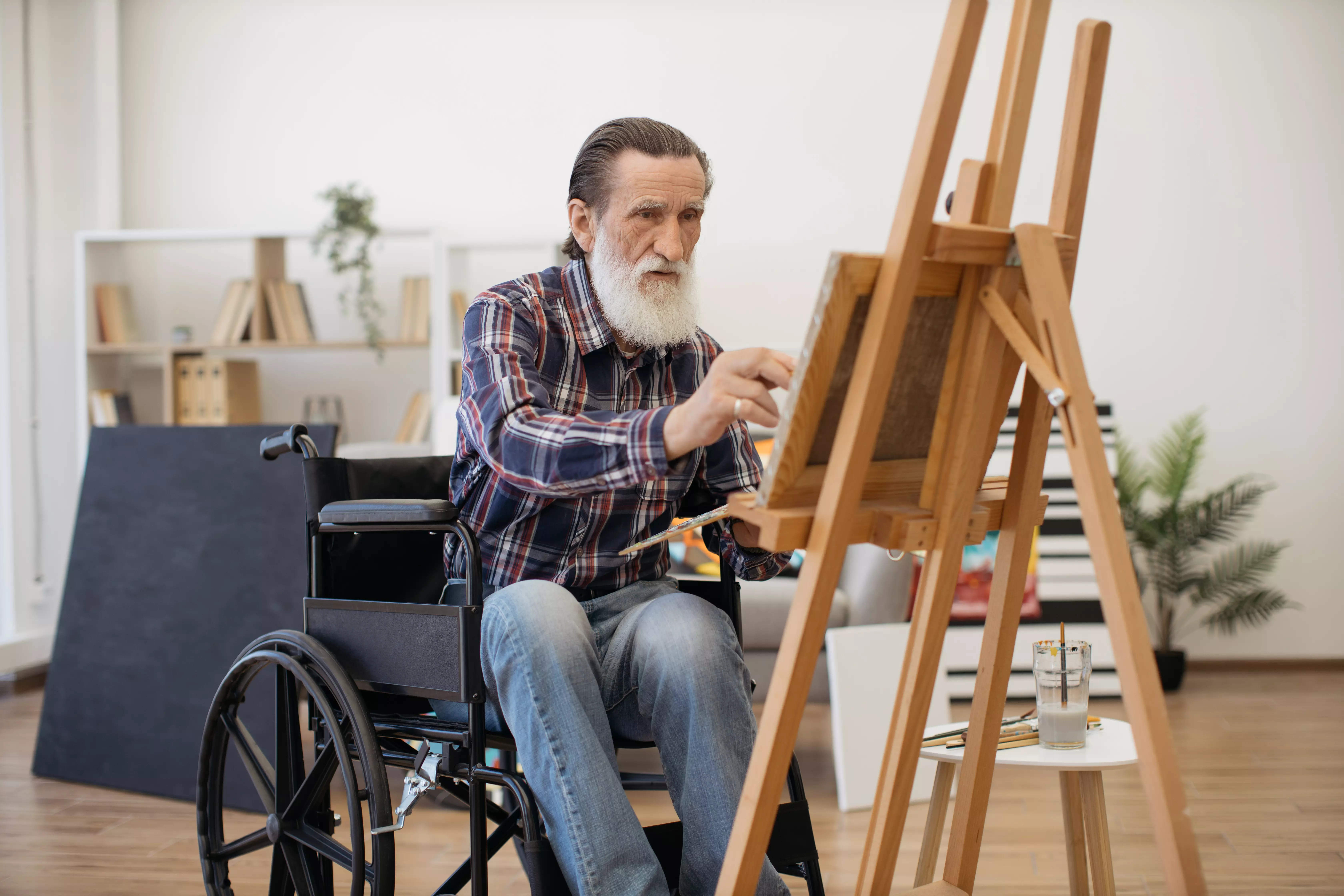The issue of access to culture and the arts for people with disabilities in Asian countries
Culture and the arts are an integral part of societies around the world. They are of great importance for the development of individuals and communities. Unfortunately, people with disabilities often face a variety of difficulties and barriers that prevent them from fully participating in cultural and artistic life. In Asian countries, which are not always sufficiently prepared in terms of infrastructure and social policies, this problem is particularly pronounced.
Disability as a cultural and artistic barrier
Disability is often a barrier to both the reception and creation of culture and art. People with disabilities, regardless of their type, can often face difficulties in accessing museums, art galleries, theaters or cinemas. The lack of adequate infrastructure, such as the lack of ramps for wheelchair users, makes it difficult for them to physically reach cultural venues. In addition, the lack of adaptation of their interiors to the needs of people with different types of disabilities is also often a serious problem.
In Asian countries, where infrastructure development often leaves much to be desired, this problem is even more pronounced. Aging populations in Asia, as well as conflicts or natural disasters, often lead to increased difficulties for people with disabilities. The lack of adequate social policies and protection of the rights of people with disabilities continues to make culture and the arts inaccessible to them.

The role of NGOs in changing the situation
However, recent years have seen positive changes in access to culture and the arts for people with disabilities. New organizations are springing up, both locally and nationally, which are trying to change the reality and create opportunities for them to participate in cultural and artistic life as well. They are using both foreign and government funding to create accessible spaces and organize a variety of cultural events.
Non-governmental organizations (NGOs) play akey role in these activities, which deal with activities for people with disabilities. They work on many levels, engaging both in anti-discrimination and social policy change, as well as organizing artistic events for people with various disabilities. Thanks to their efforts, people with disabilities have increasing opportunities to participate in culture and the arts.
Accessible spaces and dedicated programs
An important aspect of changing the situation is the creation of appropriate infrastructure and accessible spaces. This allows people with different types of disabilities to move freely and enjoy cultural venues. In Asian countries such as Japan and South Korea, museums, galleries and theaters are being built that are fully adapted to the needs of people with disabilities. In addition, dedicated programs are being organized to raise public awareness of the needs of this group of people and to promote their art.
One example of innovative solutions introduced in Asia is the so-called theater for the blind. In such a theater, actors try to convey the content of the play using only sounds and dialogues, so that blind people can completely understand the plot. Such programs allow people with disabilities to participate fully in artistic and cultural life.
The importance of access to culture and the arts for people with disabilities
Access to culture and the arts is of great importance to any person, regardless of his or her physical or mental capabilities. One of the most important aspects is the opportunity for self-realization and self-expression. Through artistic creation, people with disabilities can discover their talents and abilities and express their emotions. Culture and art are also a form of therapy that helps them cope with their difficulties and develop as individuals.
It is important for Asian societies to understand the importance of access to culture and the arts for people with disabilities. Social policy changes, the construction of appropriate infrastructure and the activities of NGOs are key aspects that contribute to making culture and the arts more accessible to this group of people. As a result, society becomes more open and equal, and people with disabilities have the opportunity to develop their artistic potential and participate in the cultural life of the country.
Summary
Access to culture and the arts for people with disabilities in Asian countries is a challenge, but positive changes can be observed in recent years. NGO activities and innovative dedicated programs are helping to create accessible spaces and opportunities for arts participation. The importance of access to culture and the arts for people with disabilities is immense, giving them opportunities for self-realization, therapy and expression of their emotions. This is why it is so important to continue efforts in Asian countries to achieve full inclusion and equality for this group of people.

Add comment